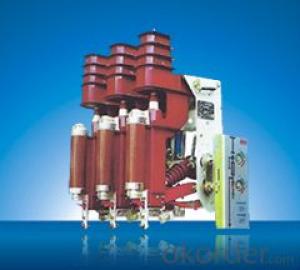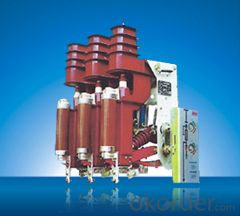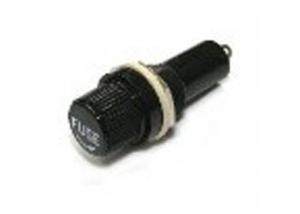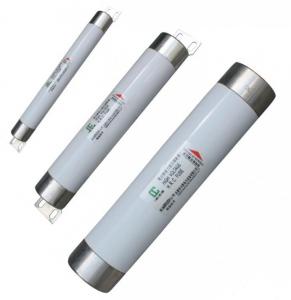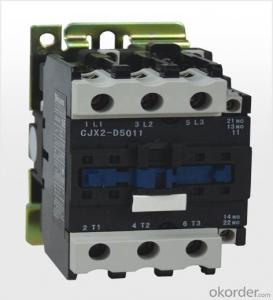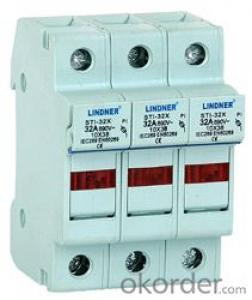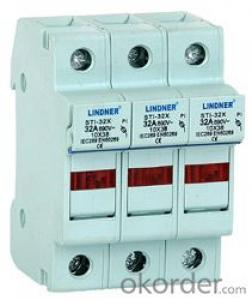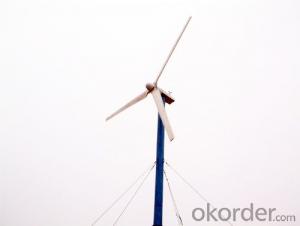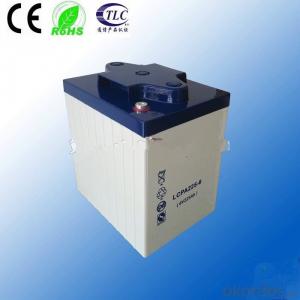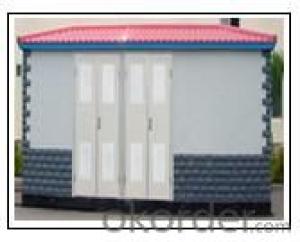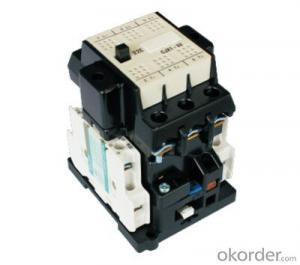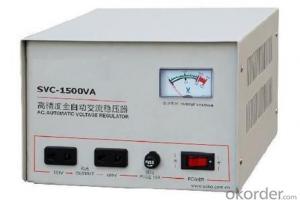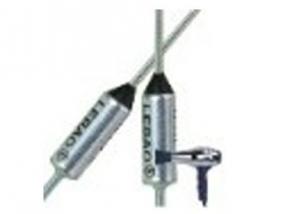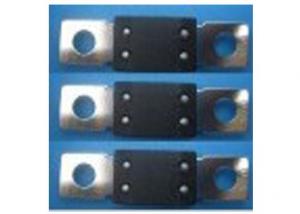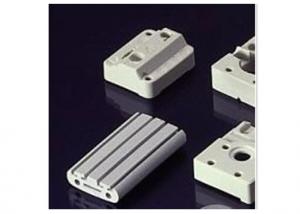ZBW SERIES COMBINATION TRANSFORMER SUBSTATION
- Loading Port:
- China Main Port
- Payment Terms:
- TT OR LC
- Min Order Qty:
- -
- Supply Capability:
- -
OKorder Service Pledge
OKorder Financial Service
You Might Also Like
To meet requirement of urban network construction, ZBW series combination substation is designed by our company with its own advantage such as compact, complete unit, reliable and safe, convenient maintenance, artistic appearance and so on. It is applicable for the outdoor administration of power supply such as high building, residential area, stations and wharfs, ports, factory and park.complete unit, reliable and safe, convenient maintenance, artistic appearance and so on. It is applicable for the outdoor administration of power supply such as high building, residential area, stations and wharfs, ports, factory and park.complete unit, reliable and safe, convenient maintenance, artistic appearance and so on. It is applicable for the outdoor administration of power supply such as high building, residential area, stations and wharfs, ports, factory and park.complete unit, reliable and safe, convenient maintenance, artistic appearance and so on. It is applicable for the outdoor administration of power supply such as high building, residential area, stations and wharfs, ports, factory and park.
Type: 3 Blade Upwind Rotor Diameter: 8.0 m Start-up Wind Speed: 2.5 m/s (5.6 mph) Cut-in Wind Speed: 3 m/s (6.7 mph) Rated Wind Speed: 10m/s (22.4mph) Rated Power: 10k Watts Maximum Power: ~ 12k Watts Cut-Out Wind Speed: 15m/s(33.5mph) Timing manner: automatically adjust the windward angle Overspeed Protection: AutoFurl Temperature Range: -40 to +60 Deg. C (-40 to +140 Deg. F) Generator: Permanent Magnet Alternator Output Form: 240 VDC /360VDC Nominal | |
| Work principle and features | |
Working principle: Wind energy is used as the motive power to provide low speed rotation of a permanent magnet generator to produce alternating current which is then converted to direct current by a controlled constant voltage rectification system, the resulting voltage being stored in a battery, or batteries. The direct current from the battery, (batteries), is then converted to alternating current by an inverter, the resulting controlled and stabilised alternating current being used to power the load, this is the general principle for battery storage type systems. Grid connect systems take the alternating current produced by the turbine directly to an inverter which controls and stabilises the alternating current and also provides numerous control elements for direct connection to the electricity grid. Features : The products combine unique and innovative design with high reliability. The innovative design has been awarded both Invention and Practical new patents by the State Intellectual Property Department and thereby has totally independent property rights in China, resulting in the market leading position in wind to electrical energy conversion, technical design and efficiency. Key design features such as very low rotation speed result in increased efficiency in comparison to other small turbine systems. | |
| Applications and installations | |
The products are used in areas that benefit from good wind regimes but have little or no electrical grid connection such as; islands, desert and low inhabitation areas, frontier defence posts, microwave and telephone communication stations, forest observation posts, oil pipeline delivery stations, highway lighting etc. Rural and urban applications include, community squares and recreational areas, parks, landscape and scenic locations, resorts, and other ecological areas, applications also include on or off grid national electrified fencing systems.The utilisation of wind energy at no on-going cost significantly reduces the environmental impact of fossil fuel usage whilst saving vital energy resources. | |
- Q: I wrote to the company and they said they can't (or won't) identify the thermal fuse rating, nor will they tell me where to get one. They told me to just buy a new fryer for $50. I don't want to do that, being that I know the fuse costs $2 (I just replaced on my coffee machine). The numbers on the old one are illegible. If I knew the specific rating, I think I could just scoot down to the local Radio Shack and get a new one, like I did for the coffee maker. I can find no service manual anywhere. I assume the rating has to be at least 450 degrees F, but I want to get some more info before replacing what is essentially a fail-safe protection device. If I get on that is rated to high, I run the risk of severely overheating the unit, and I have teenagers who may use it; too low, and it will blow before the oil gets nearly hot enough to fry my chicken. I know I can make the thing operate without the fuse, but I would like to replace it. Any info?
- If the old fuse is open, it did what it was supposed to do. Until the cause is found and repaired it will continue to open when it is used. Take the unit in to a local service center and have it repaired or purchase a new unit. The reason the company will not give you the information you request is a product liability issue. If you install a fuse in a faulty unit and burn down your home they are concerned about an insurance claim. For $50 it is not worth risking your home with a fire and your insurance deductible is probably much higher than $50. All advice on this site is worth what you pay for it and that is the limit of the liability.
- Q: I have a 2005 Impala LS 3.8L engine with a stock alternator and a 100amp under-hood fuse. I don't know how many amps this alternator puts out. I will probably be getting a bigger fuse but I need to know what size too. I plan on getting 0 gauge power wire and a Hifonics ZRX2000.1D amp. The 15 L7's are 1,000watts RMS a piece so I will constantly be running 2,000watts at 1ohm. So if you could tell me what kind of alternator I need that will fit my car and how big of a fuse, I would greatly appreciate it. Any other advice is nice too! Thanks!
- if you are running 0 gauge with 100 amp fuse you are fine however save your money on the alternator and purchase a capacitor instead. if you really are getting 1000rms to each sub then you will need at least a 2 farad to keep the lights from dimming when the bass drops and only costs 100 to 200 bucks new off the Internet if you search it. on the other hand a good 300amp+ alternator will be significantly more. I would buy a capacitor and some good component speakers if I were you. I am running a full soundstream system with 1000watt soundstream amp and 2 Picasso dvc soundstream 10,s bridged to one ohm and my lights were only dimming slightly when the bass dropped in my 93 Isuzu pup minitruck and so I got a 1 farad lightning cap to put an end to that because the stock alternator is my only option as manufacturers don't offer many aftermarket parts for Isuzu like they do for Toyota, Nissan and Mazda imports. keep thumpin bro
- Q: I have a 1988 Jeep Comanche Sportruck and all of the gas, speed, etc gauges are not working. The lights that lit up the gauges used to work before I recharged my battery, since the jeep was left sitting for a couple months. But ever since I had the truck none of the speed, gas, and all the rest of the gauges have been reading/ working anything at all. What could the problem be and how could I fix this myself before having to go to a repair shop? Thank you for your help I've had this problem for so long and it's just time for me to fix this.
- Check fuses, if not a fuse, replace the dashboard gauge circuit board. DISCUSSION: Check the simplest and cheapest things first (fuses). If it is not a fuse problem, the easiest (and possibly the cheapest) step is to replace the dashboard gauges with parts from a junk yard. You might have blown the voltage regulator on the dash board (not the voltage regulator associated with the alternator). The difficulty of getting out the old dashboard gauges, and replacing a single component is slightly more than the difficulty of getting out the old dashboard gauges and replacing the who dashboard gauge circuit board, gauges and all. You might have also blown some gauges, so even if you fix one component, you might have to go back in to fix more. It is better to recharge the battery when it is disconnected from the car (to avoid the possibility of blowing out sensitive electronics such as dash boards).
- Q: I thought that it might the belt.Popped the topThe belt is attached to the drumActually the belt is fused on to the drumIs that OK ?What's my next step in trying to fix this thing?Thanks for your time
- I can't imagine the belt fusing to the drum unless the motor died and the stationary drum heated up and melted the belt, but this seems unlikely because usually when a main component fails, most dryers are designed to stop working completely. Barring some sort of safety feature override with a jumper wire that bypasses the safety feature that would remove the power flow through all components as soon as a motor or heater core overloads. Once an overload condition cycles a shutdown, nothing else should work as this is designed to prevent the dryer from overheating and causing a house fire.
- Q: I posted yesterday about my TV. Now mind you I'm not an educated electrician but I'm no amatuer either. I have repaired our microwave, dryer, dishwasher to name a few. So I took our not working TV apart yesterday and found a blown fuse. Is there only one fuse to replace by the way? We live in a small town with no stores, so I decided to take a fuse out of one of our other TV's. It said it was a 125/ 4A just like the other one. I got it put in, put the TV back together, plugged it in and POP. There was a big pop, small spark at outlet. What did I do wrong? Shouldn't the fuse have been the same? Any suggestions or idea's. My friend is taking the old fuse to the store to get a new one, should I try this again or will it make more problems? Thanks Everyone for reading.
- I think this is one of the biggest mistakes that most people with some knowledge make. Televisions are very complicated and sensitive electronics. If you do not have any training you SHOULD NOT FOR ANY REASON TRY AND REPAIR ONE YOURSELF. Instead of having a dead fuse, you might have just ruined your tv. You might have had a static discharge which in turn might have fried your TV all together. Not to mention the amount of voltage that runs through your tv. It probably couldn't have killed you, but you could have gotten a very bad electric schock. PLEASE do yourself a favor and just take it to a shop next time, might spend more money, but at least you're not putting your health at risk!
- Q: and explain how they are accomplished ?use these :switchfuseconnecting wires conductorssbulb (load)power supply (source)
- A switch has an analog or digital gate that opens and closes the circuit. A fuse is usually an enclosed, thin, conductive filament which melts and opens the circuit when there is an over-current. Connecting wires are wire conductors (e.g., copper wire) that allow for electrical continuity between circuit element. Bulb (load) is a device which your circuit causes to function. It is always measurable resistive. Power supply (source) is the source of sustained electrical potential and therefore electrical power used to operate the circuit.
- Q: I have a 1994 Suzuki Sidekick JX 4x4. Everytime you try to start the car, upon turning the key it will not start. When you check the fuse panel, the fuse marked 15A Fl is always blown, no matter how many times you replace it. I have tried looking online for answers, but haven't found any satisfying. Any idea what could be going on? We have replaced the fuel pump relay twice, one of which fixed the problem, but this last time it hasn't helped. Any expertise help would be greatly appreciated!
- The definition of insanity is doing the same thing over and over again and expecting different results. Just replacing the fuse won't fix the problem. You've got to find out why the fuse is blowing. If you don't know how to troubleshoot wiring and electrical problems, then I suggest you get the car towed to a shop where repairs can be made.
- Q: I have an older 2-channel Sanyo audio receiver. It takes two fuses (one fuse for each speaker channel). The fuses that were originally in the receiver were 2A fuses. They are blown and I need to find replacements. I have two 4A fuses I pulled from an old stereo component system. They're both the same as the original fuses but they're 4A. Would it be safe for me to put them in the receiver? And if so, could I be able to turn the system up fairly loud without frying it due to using 4A fuses? Or should I avoid this altogether? It doesn't matter if I fry the system because it's old, but I'm more concerned if it created sparks or smoke or even started a fire.
- It's probably safe. There's a margin of error. Higher rated fuses are not going to by themselves create a dangerous situation, especially in the speaker leads. It's not going to let you play louder music though - that's limited by the design of the amplifier. The type of situation that would be dangerous is like if you had a reading lamp with a 2A fuse and 3A rated wire. So you swap the 2A fuse for a 13A fuse, and plug a 10A electric kettle into the light socket. Now you are pulling 10A down the 3A wire, and it gets hot and sets fire to the pile of old newspapers you had left on top of the wire.
- Q: a. short circuit b. series circuitc. switch d. parallel circuit e.fuse f. electric power
- Answer b) A series circuit only has one possible path for the electrons to move.
- Q: If it is a fuse which fuse or fises would it be thank yoi
- All these components have separate fusing. the lights are both on individual fuses. radio has a few that control the diff components related to it, and cruise is completely separate from both. your problem is else where. i would definitely check the fuses though
Send your message to us
ZBW SERIES COMBINATION TRANSFORMER SUBSTATION
- Loading Port:
- China Main Port
- Payment Terms:
- TT OR LC
- Min Order Qty:
- -
- Supply Capability:
- -
OKorder Service Pledge
OKorder Financial Service
Similar products
Hot products
Hot Searches
Related keywords
